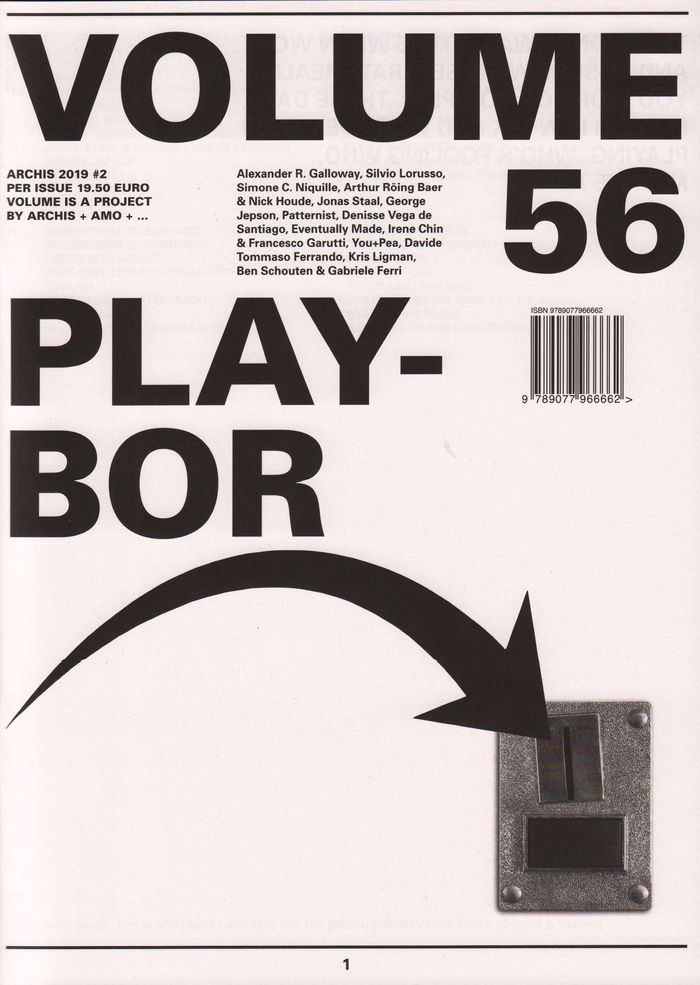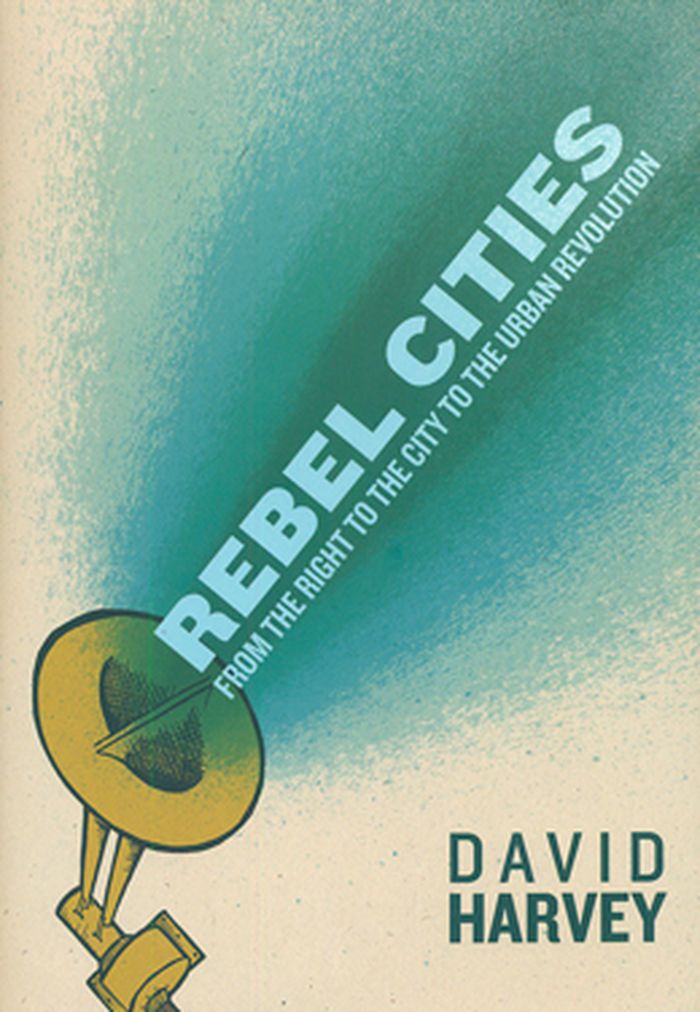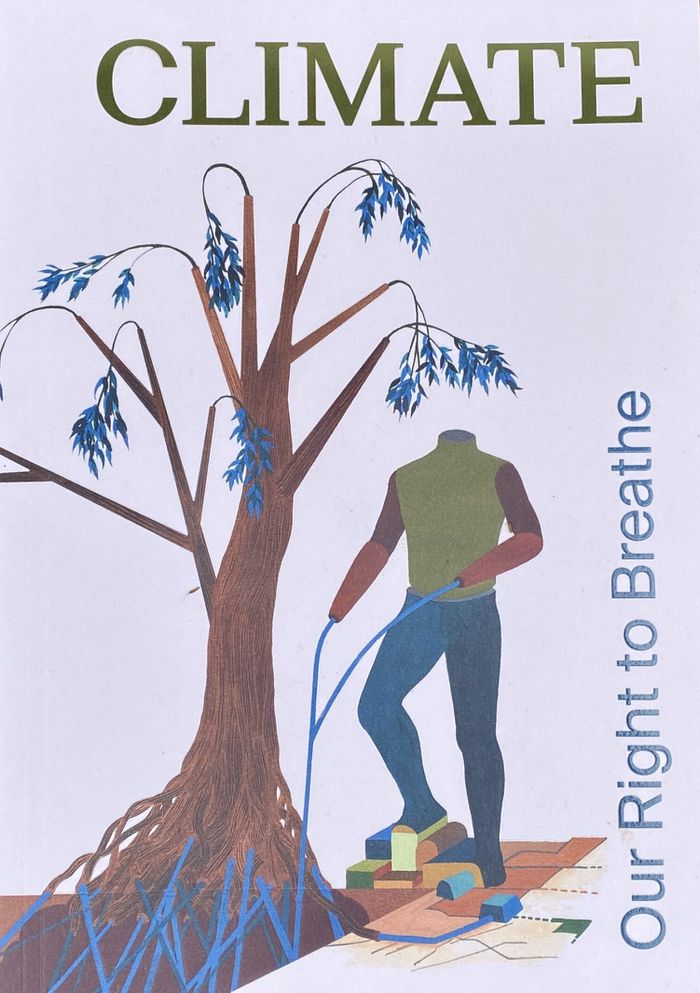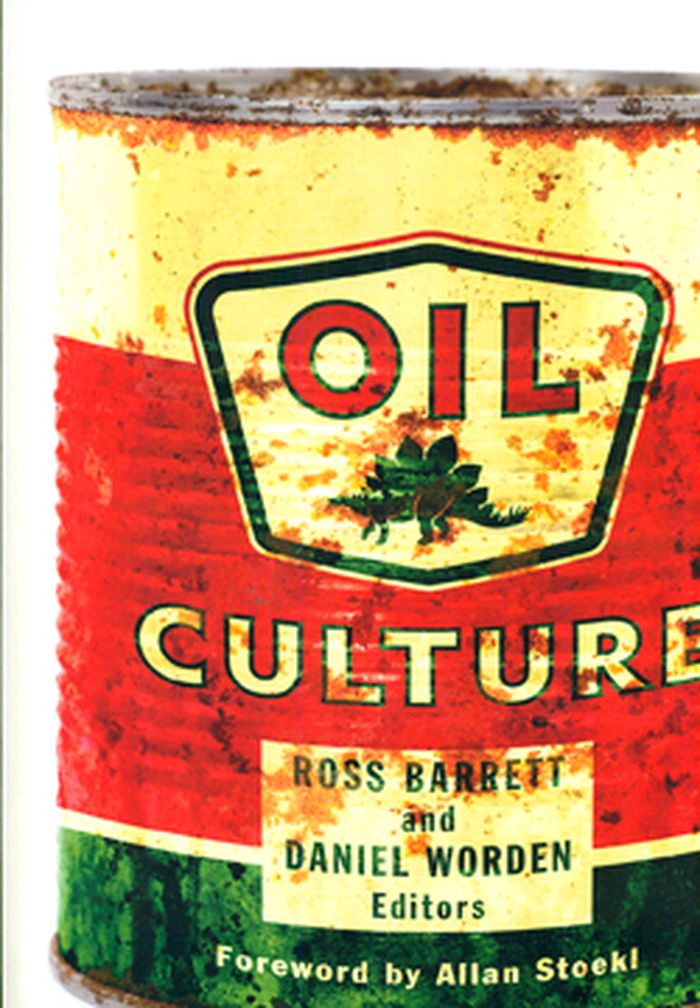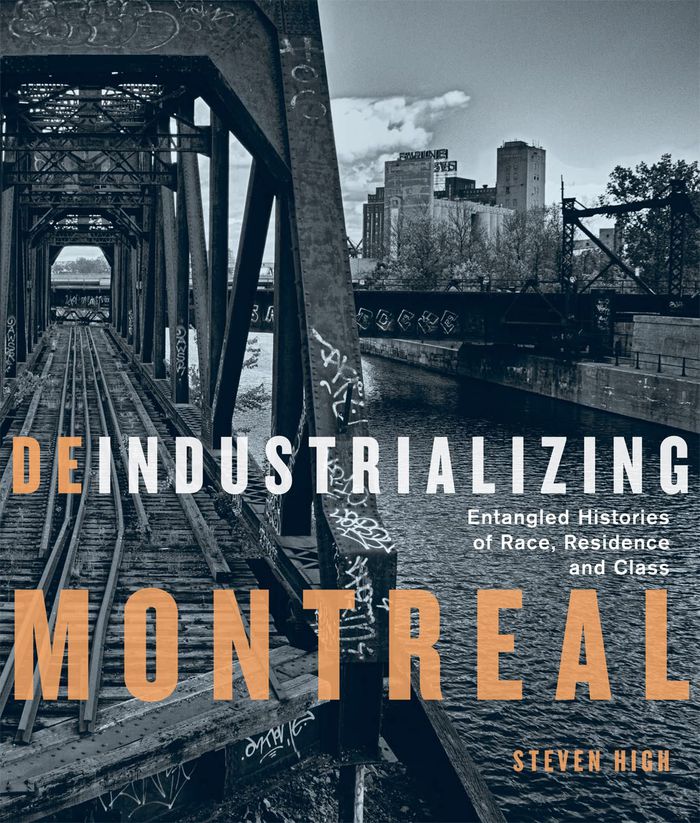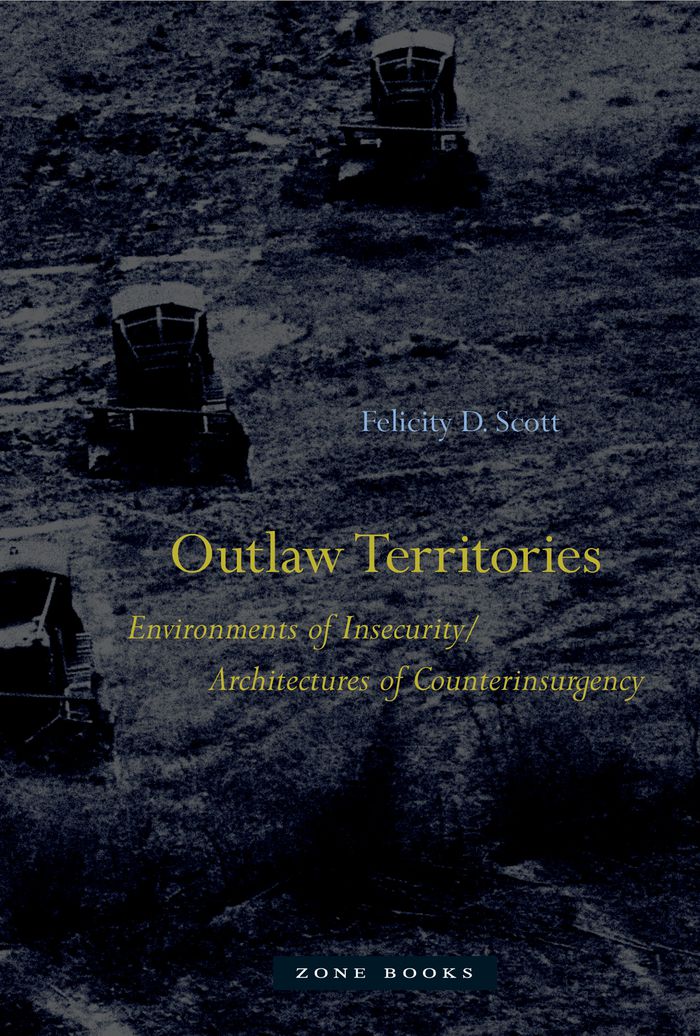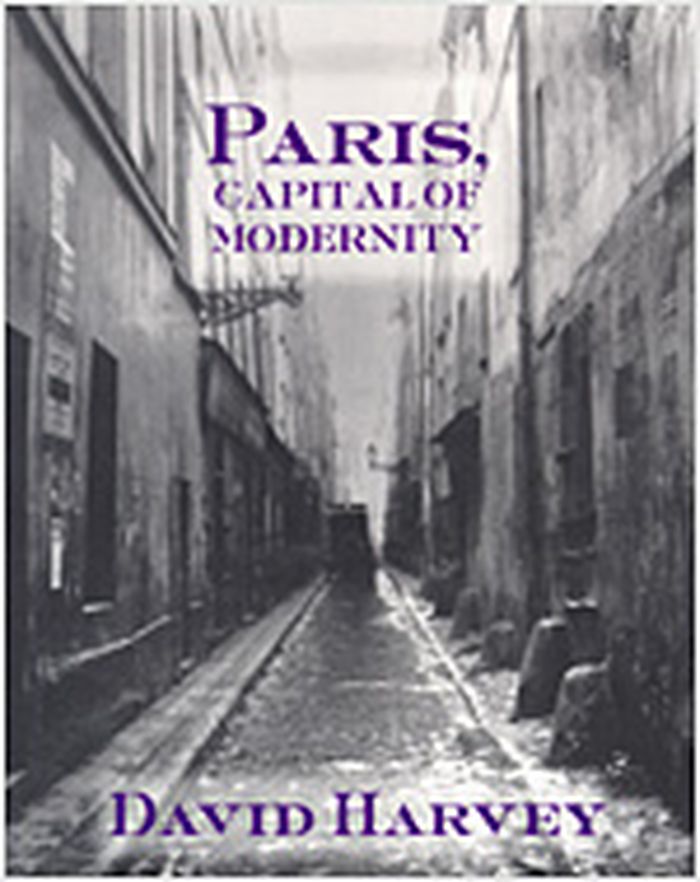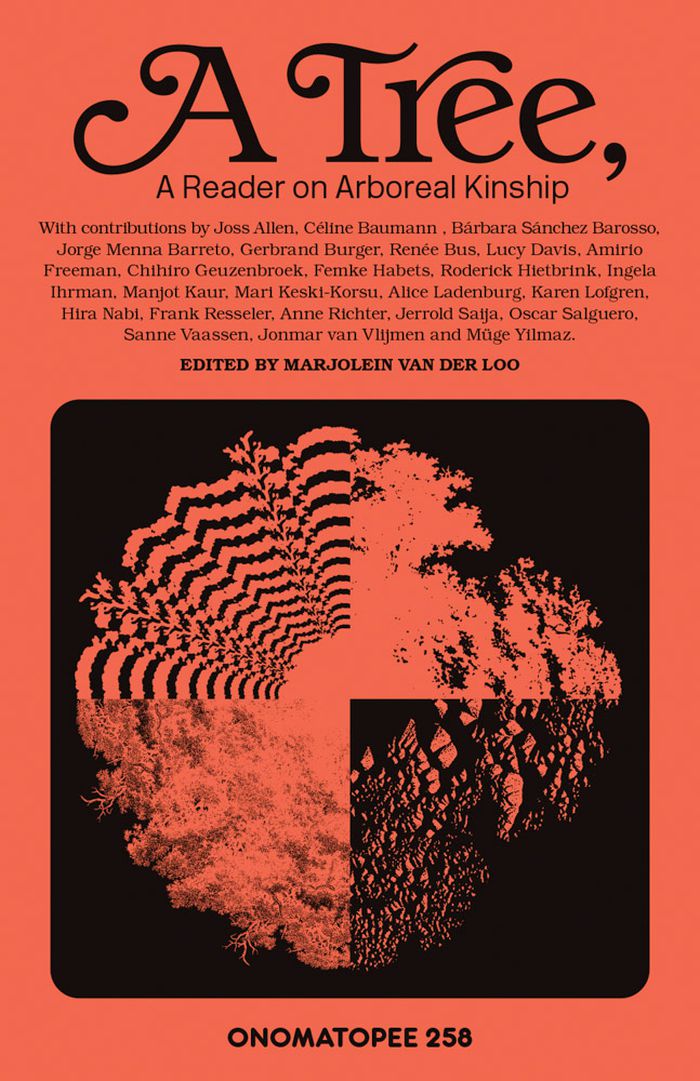$60.00
(available in store)
Summary:
Alienation is often found at the heart of Italian photographer Cristiano Volk’s work, wherein the human experience is always central. Described by Volk as ''a single, neon-hued hallucination'', ''Laissez-Faire'' is a meticulously curated meditation in which he uses his camera to capture the signs and symbols of capitalism and commodity culture. Individuals no longer(...)
Cristiano Volk : laissez-faire
Actions:
Price:
$60.00
(available in store)
Summary:
Alienation is often found at the heart of Italian photographer Cristiano Volk’s work, wherein the human experience is always central. Described by Volk as ''a single, neon-hued hallucination'', ''Laissez-Faire'' is a meticulously curated meditation in which he uses his camera to capture the signs and symbols of capitalism and commodity culture. Individuals no longer experience reality directly, but instead live their entire lives behind screens. He collapses the usual parameters that shape our worldly existences – day and night, inside and outside, public and private, digital and real – into a feverishly imagined new universe, vaguely menacing and drenched in a cyberpunk sheen.
Photography monographs
$40.00
(available to order)
Summary:
No longer are work and leisure separate realms. These days, playing is work and work demands play. This gamification of the workspace uses points, levels, and feedback, aiming to improve the worker’s engagement, boost productivity, facilitate learning, optimise systems, and more. Through the production of playful work, gamification shapes identities that fit the needs of(...)
Volume 56: Playbor. Powerplay,Playground
Actions:
Price:
$40.00
(available to order)
Summary:
No longer are work and leisure separate realms. These days, playing is work and work demands play. This gamification of the workspace uses points, levels, and feedback, aiming to improve the worker’s engagement, boost productivity, facilitate learning, optimise systems, and more. Through the production of playful work, gamification shapes identities that fit the needs of capitalism: enthusiastic, self-engaged, and self-exploitative subjects. This issue of ‘Volume’ is divided in two sections: ''Powerplay'', in which the renewed relations between work and leisure are explored, and ''Playground'', where the spatial implications of this recent focus on gaming are addressed.
Magazines
$21.00
(available to order)
Summary:
Taking Henri Lefebvres 1967 essay, The Right to the City, as his jumping-off point, Harvey (Social Justice and the City) examines real estate booms and busts and predation on vulnerable populations; commodification of culture; neo-liberal capitalist dominance; and urban uprisings, from the Paris Commune to the massive 2006 protest against U.S. anti-immigrant policies to(...)
Rebel cities : from the right to the city to the urban revolution
Actions:
Price:
$21.00
(available to order)
Summary:
Taking Henri Lefebvres 1967 essay, The Right to the City, as his jumping-off point, Harvey (Social Justice and the City) examines real estate booms and busts and predation on vulnerable populations; commodification of culture; neo-liberal capitalist dominance; and urban uprisings, from the Paris Commune to the massive 2006 protest against U.S. anti-immigrant policies to urbanized peasants and mineworkers in El Alto, Bolivia, who organized themselves and instigated a progressive Bolivian government. He asks: Is there something about the urban process and the urban experience... under capitalism, that, in itself, has the potential to ground anti-capitalist struggles?
Urban Theory
$62.95
(available to order)
Summary:
An anthology of essays and artistic contributions from more than 25 voices with diverse practices and backgrounds, this book is a response to climate change and the toxic politics of today. They highlight the urgent need for collective strategies and solidarity to protect the vulnerable and marginalised communities forced to endure the worst effects of climate crises(...)
Environment and environmental theory
October 2022
Climate: Our right to breathe
Actions:
Price:
$62.95
(available to order)
Summary:
An anthology of essays and artistic contributions from more than 25 voices with diverse practices and backgrounds, this book is a response to climate change and the toxic politics of today. They highlight the urgent need for collective strategies and solidarity to protect the vulnerable and marginalised communities forced to endure the worst effects of climate crises because of racialised capitalism. Opening with an introduction from the editors and ‘The Universal Right to Breathe’ by Achille Mbembe, the rest of the book is divided into four sections: ‘Commodification, Energy & Extraction,’ ‘Land & Food Sovereignty,’ ‘Toxicity & Healing,’ and ‘Shelters.’
Environment and environmental theory
Oil culture
$44.00
(available to order)
Summary:
The contributors to this volume examine the oil culture nexus, beginning with the whale oil culture it replaced and analyzing literature and films such as Giant, Sundown, Bernardo Bertolucci’s La Via del Petrolio, and Ben Okri’s “What the Tapster Saw”; corporate art, museum installations, and contemporary photography; and in apocalyptic visions of environmental disaster(...)
Oil culture
Actions:
Price:
$44.00
(available to order)
Summary:
The contributors to this volume examine the oil culture nexus, beginning with the whale oil culture it replaced and analyzing literature and films such as Giant, Sundown, Bernardo Bertolucci’s La Via del Petrolio, and Ben Okri’s “What the Tapster Saw”; corporate art, museum installations, and contemporary photography; and in apocalyptic visions of environmental disaster and science fiction. By considering oil as both a natural resource and a trope, the authors show how oil’s dominance is part of culture rather than an economic or physical necessity. Oil Culture sees beyond oil capitalism to alternative modes of energy production and consumption.
Architectural Theory
$49.95
(available in store)
Summary:
Point Saint-Charles, a historically white working-class neighbourhood with a strong Irish and French presence, and Little Burgundy, a multiracial neighbourhood that is home to the city’s English-speaking Black community, face each other across Montreal’s Lachine Canal, once an artery around which work and industry in Montreal were clustered and by which these two(...)
Deindustrializing Montreal: entangled histories of race, residence, and class
Actions:
Price:
$49.95
(available in store)
Summary:
Point Saint-Charles, a historically white working-class neighbourhood with a strong Irish and French presence, and Little Burgundy, a multiracial neighbourhood that is home to the city’s English-speaking Black community, face each other across Montreal’s Lachine Canal, once an artery around which work and industry in Montreal were clustered and by which these two communities were formed and divided. ''Deindustrializing Montreal'' challenges the deepening divergence of class and race analysis by recognizing the intimate relationship between capitalism, class struggles, and racial inequality. Fundamentally, deindustrialization is a process of physical and social ruination as well as part of a wider political project that leaves working-class communities impoverished and demoralized. The structural violence of capitalism occurs gradually and out of sight, but it doesn’t play out the same for everyone. Point Saint-Charles was left to rot until it was revalorized by gentrification, whereas Little Burgundy was torn apart by urban renewal and highway construction. This historical divergence had profound consequences in how urban change has been experienced, understood, and remembered. Drawing extensive interviews, a massive and varied archive of imagery, and original photography by David Lewis into a complex chorus, Steven High brings these communities to life, tracing their history from their earliest years to their decline and their current reality. He extends the analysis of deindustrialization, often focused on single-industry towns, to cities that have seemingly made the post-industrial transition.
Architecture de Montréal
$56.95
(available to order)
Summary:
In Outlaw Territories, Felicity Scott traces the relation of architecture and urbanism to human unsettlement and territorial insecurity during the 1960s and 1970s. Investigating a set of responses to the growing urban unrest in the developed and developing worlds, Scott revisits an era when the discipline of architecture staked out a role in global environmental(...)
Outlaw Territories: Environments of Insecurity/ Architectures of Counterinsurgency
Actions:
Price:
$56.95
(available to order)
Summary:
In Outlaw Territories, Felicity Scott traces the relation of architecture and urbanism to human unsettlement and territorial insecurity during the 1960s and 1970s. Investigating a set of responses to the growing urban unrest in the developed and developing worlds, Scott revisits an era when the discipline of architecture staked out a role in global environmental governance and the biopolitical management of populations. She describes architecture’s response to the displacement of persons brought on by migration, urbanization, environmental catastrophe, and warfare, and she traces architecture’s relationship to the material, environmental, psychological, and geopolitical transformations brought on by postindustrial technologies and neoliberal capitalism after World War II. At the height of the U.S.-led war in Vietnam and Cambodia, with ongoing decolonization struggles in many parts of the world, architecture not only emerged as a target of political agitation because of its inherent normativity but also became heavily enmeshed with military, legal, and humanitarian apparatuses, participating in scientific and technological research dedicated to questions of international management and security. Once architecture became aligned with a global matrix of forces concerned with the environment, economic development, migration, genocide, and war, its role shifted at times toward providing strategic expertise for institutions born of neoliberal capitalism. Scott investigates this nexus and questions how and to what ends architecture and the environment came to be intimately connected to the expanded exercise of power within the shifting geopolitical frameworks at this time.
Architectural Theory
Paris, capital of modernity
$58.95
(available to order)
Summary:
In Paris, capital of modernity, Harvey presents an account of the city in a remarkably turbulent era, framed by two failed revolutions. His key concern is how a new form of finance capitalism combined with a new type of planning vision to produce the prototypical modern city. Also, there are insights throughout about subjects such as the birth of the consumerist(...)
Paris, capital of modernity
Actions:
Price:
$58.95
(available to order)
Summary:
In Paris, capital of modernity, Harvey presents an account of the city in a remarkably turbulent era, framed by two failed revolutions. His key concern is how a new form of finance capitalism combined with a new type of planning vision to produce the prototypical modern city. Also, there are insights throughout about subjects such as the birth of the consumerist spectacle on the Parisian boulevards; the creative visions of Balzac, Baudelaire, and Zola; and the reactionary cultural politics of the bombastic Sacré Coeur, the Catholic monument erected to efface all memory of the revolutionary Paris Commune that arose briefly when the empire collapsed.
History until 1900, France
$28.95
(available in store)
Summary:
"A tree," is about vegetal agency, plant knowledge, and the interaction between plants and people, with a specific focus on trees. This book comprises a variety of contributions that take a multitude of approaches to tree life, from sensory to ancestral, intimate to speculative. Taking the time to think about trees through imagination, art, music, storytelling, poetry,(...)
A tree: A reader on arboreal kinship
Actions:
Price:
$28.95
(available in store)
Summary:
"A tree," is about vegetal agency, plant knowledge, and the interaction between plants and people, with a specific focus on trees. This book comprises a variety of contributions that take a multitude of approaches to tree life, from sensory to ancestral, intimate to speculative. Taking the time to think about trees through imagination, art, music, storytelling, poetry, and images, the works in this reader share the aim of nurturing and furthering dialogue that exercises arboreal kinship. Moreover, the contributions inspire us to move beyond large systems of oppression and towards exorcizing anthropocentrism, capitalism, individualism, heteronormativity, and coloniality, by learning from and with tree time.
Landscape Theory
Bog Myrtle
$22.99
(available in store)
Summary:
Two sisters, one stubbornly cheerful (Beatrice) and one relentlessly grumpy (Magnolia), live in a drafty old house with a family of helpful spiders. When Beatrice is gifted magic yarn from a giant forest spider obsessed with sustainability named Bog Myrtle, she and the spiders set to work knitting up a perfectly warm sweater. But greedy Magnolia sees only the opportunity(...)
Bog Myrtle
Actions:
Price:
$22.99
(available in store)
Summary:
Two sisters, one stubbornly cheerful (Beatrice) and one relentlessly grumpy (Magnolia), live in a drafty old house with a family of helpful spiders. When Beatrice is gifted magic yarn from a giant forest spider obsessed with sustainability named Bog Myrtle, she and the spiders set to work knitting up a perfectly warm sweater. But greedy Magnolia sees only the opportunity for profit, and quickly converts the old house into a magic sweater factory. The exhausted spiders are driven to strike, and Bog Myrtle is not pleased . . . "Bog Myrtle" is a witty modern folktale that touches on themes of capitalism, environmentalism, labor rights, and being a nice person.
Children's Books

